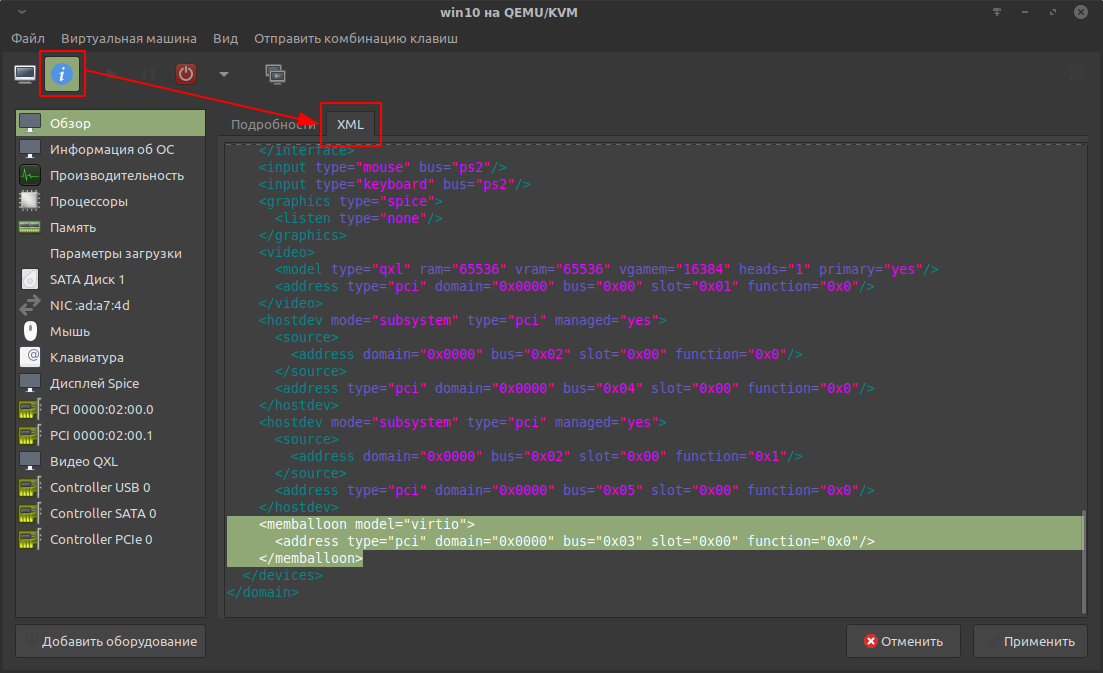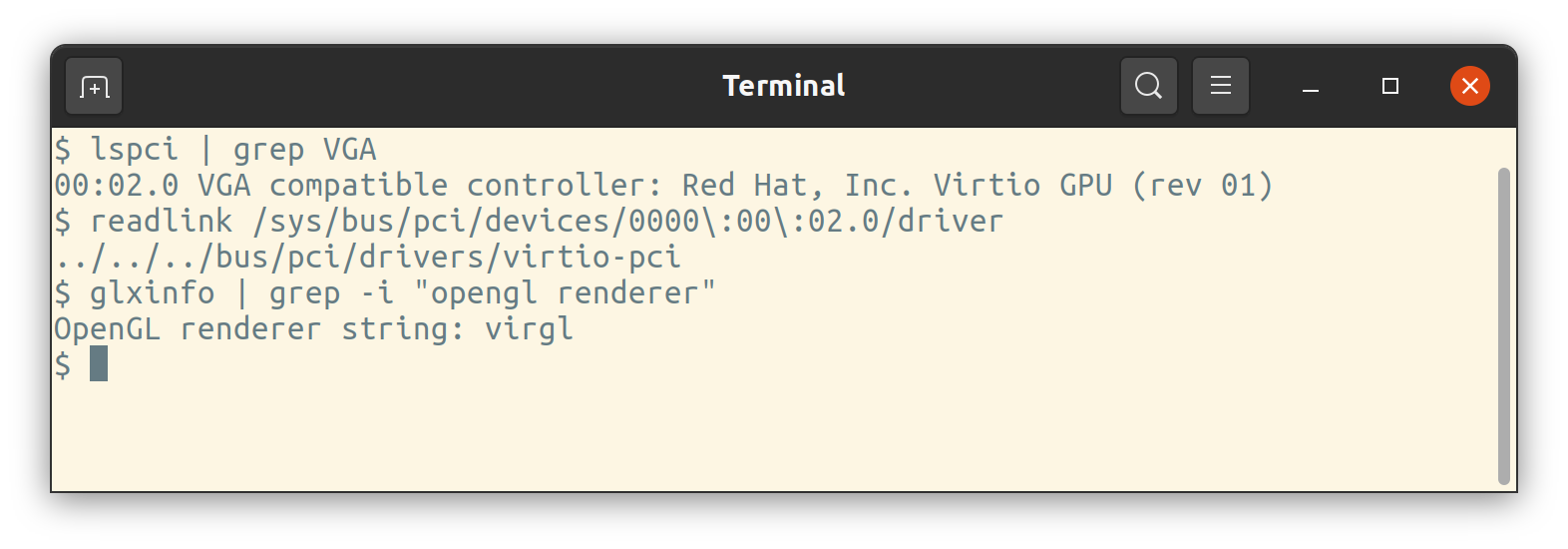

- #Qemu vga virtio win10 install#
- #Qemu vga virtio win10 drivers#
- #Qemu vga virtio win10 manual#
A more reliable setup uses the OVMF firmware. After that, I keep getting Unable to power on device, stuck in D3. Yet the problem seems to disappear if we restart the Virtio FS Service Its not completely clear to me.

Create the flash images with the correct sizes. As probably well known virtio-fs on a Win10 (20H2) Windows guest is unusable for some users.
#Qemu vga virtio win10 install#
I’m only able to run the passthrough VM once per reboot. To launch an aarch64 VM we first need to install a few dependencies, including QEMU and the qemu-efi-aarch64 package, which includes the efi firmware. The above script works, but not consistently. And I finally get the score right: Getting some frags in the VM at 200 fps About OVMF The name of the QEMU guest VM, which will be displayed when connecting to that VM by using VNC. The result is virtually indistinguishable from bare metal. We can use the accel and dump-guest-core properties, where the first enables an accelerator kvm or tcg and the latter includes guest memory in a core dump. To pass through my USB keyboard, I use -usb -device usb-host,vendorid=0x04d9,productid=0x0192.
 You might also want to pass through keyboard and mouse to the VM. The approach with driver_override and modprobe has been more reliable for me.
You might also want to pass through keyboard and mouse to the VM. The approach with driver_override and modprobe has been more reliable for me. #Qemu vga virtio win10 manual#
I struggled to get manual bind and unbind working, as described by Greg Kroah-Hartman. Reboot VM Manual Installation Open the Windows Explorer and navigate to the CD-ROM drive. (Optional) use the virtio-win-guest-tools wizard to install the QEMU Guest Agent and the SPICE agent for an improved remote-viewer experience. After qemu terminates, you will want the script to unbind vfio-pci and rebind the host device drivers. Simply execute (double-click on) virtio-win-gt-圆4 Follow its instructions. x-vga=on seems to be required if you’re using SeaBIOS (as we are above). #Qemu vga virtio win10 drivers#
Both need to be unbound from their drivers before passing them to the VM via -device vfio-pci. In my system, $GPU and $GPU_AUDIO (the HDMI audio controller) are the only members of IOMMU group 13. An implementation of this solution is QEMU Virgil, which allows you to have SDL2 and Virgil 3d enabled in QEMU/KVM-based virtual machines. When the guest boots up, it has full access to the host GPU: Virgil 3d is a project that aims to bring 3D wonders to virtualization software, with the goal of one day offering parity to host performance. Until you get a reliable script, you will want to test this over SSH. The moment you unbind amdgpu, the host becomes headless. Qemu-system-x86_64 \ -enable-kvm \ -smp 4 \ -m 8G \ -nographic \ -vga none \ -device vfio-pci,host = $GPU,x-vga =on \ -device vfio-pci,host = $GPU_AUDIO \ #!/bin/sh GPU = "0000:0d:00.0" GPU_AUDIO = "0000:0d:00.1" echo " $GPU " > /sys/bus/pci/drivers/amdgpu/unbindĮcho " $GPU_AUDIO " > /sys/bus/pci/drivers/snd_hda_intel/unbindĮcho vfio-pci > /sys/bus/pci/devices/ $GPU/driver_overrideĮcho vfio-pci > /sys/bus/pci/devices/ $GPU_AUDIO/driver_override







 0 kommentar(er)
0 kommentar(er)
